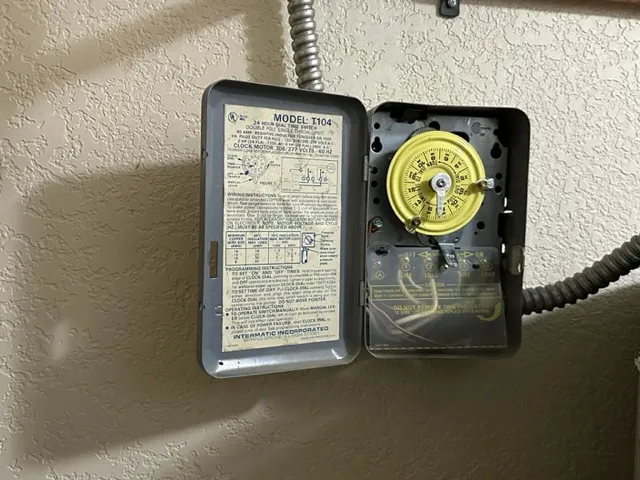How many hours should I run my pool pump?

As long as it takes. Any more questions? No, but seriously, the time of year and region in which you live plays a big role in it. Let’s start by saying that I rarely have any pools for more than six hours in the summer and down to two or three in the winter. I have a small pool and it only runs three hours at a time for three days a week during the winter.
If you have a so-called “pool pro” cleaning your pool you should still check to see how many hours they run the pump, it could save you hundreds of dollars a year. I treat each pool I clean as my own and I would want to save money so I keep the hours down when possible. If your pool guy/gal is running the pool for twelve hours a day with a single-speed pump then they are fighting a problem on your dime. They are also probably putting in way too much chlorine. More chlorine and more time on the clock can mask some of your more common problems.
The rule is during swim season to “flip the pool” each day. That means that all the water in the pool should have a chance to run through the filter. Since this isn’t a science course and you don’t own a commercial pool I’ll tell you to get the water balanced properly, add some minerals (subscribe to get the blog on minerals and enzymes) and see how low you can get your timer to run and keep your pool clean. Every pool is different, I had one client that kept turning his time clock down from six hours to one hour a day even though he was very well off financially. I finally had to confront him and say “fine, but when your pool turns green I’m going to have to turn your time clock back up.” Crazy thing is that we never went over two hours a day all summer. My bad.
Let’s call summer the hottest month where you are and winter the time when the nighttime temperatures get down below fifty degrees. If you're below fifty then go ahead and drop the clock to two hours a day. Once the nighttime temperatures start going up try increasing your timer by one hour for every ten degrees until you get to six hours and try holding steady from there. The opposite is not true. If you live in Arizona and the nighttime temperatures are hovering at 100 don’t turn your timer down just because it went down to 90. Don’t start lowering your timer until the nighttime temperatures get below seventy, then you can turn it down an hour or two for each ten-degree drop.
I hope this helped. Don’t forget to subscribe to get more tips and tricks.
Click the link below to watch video.
